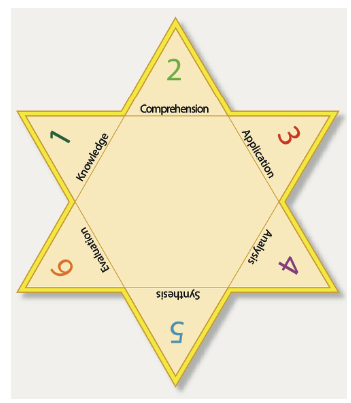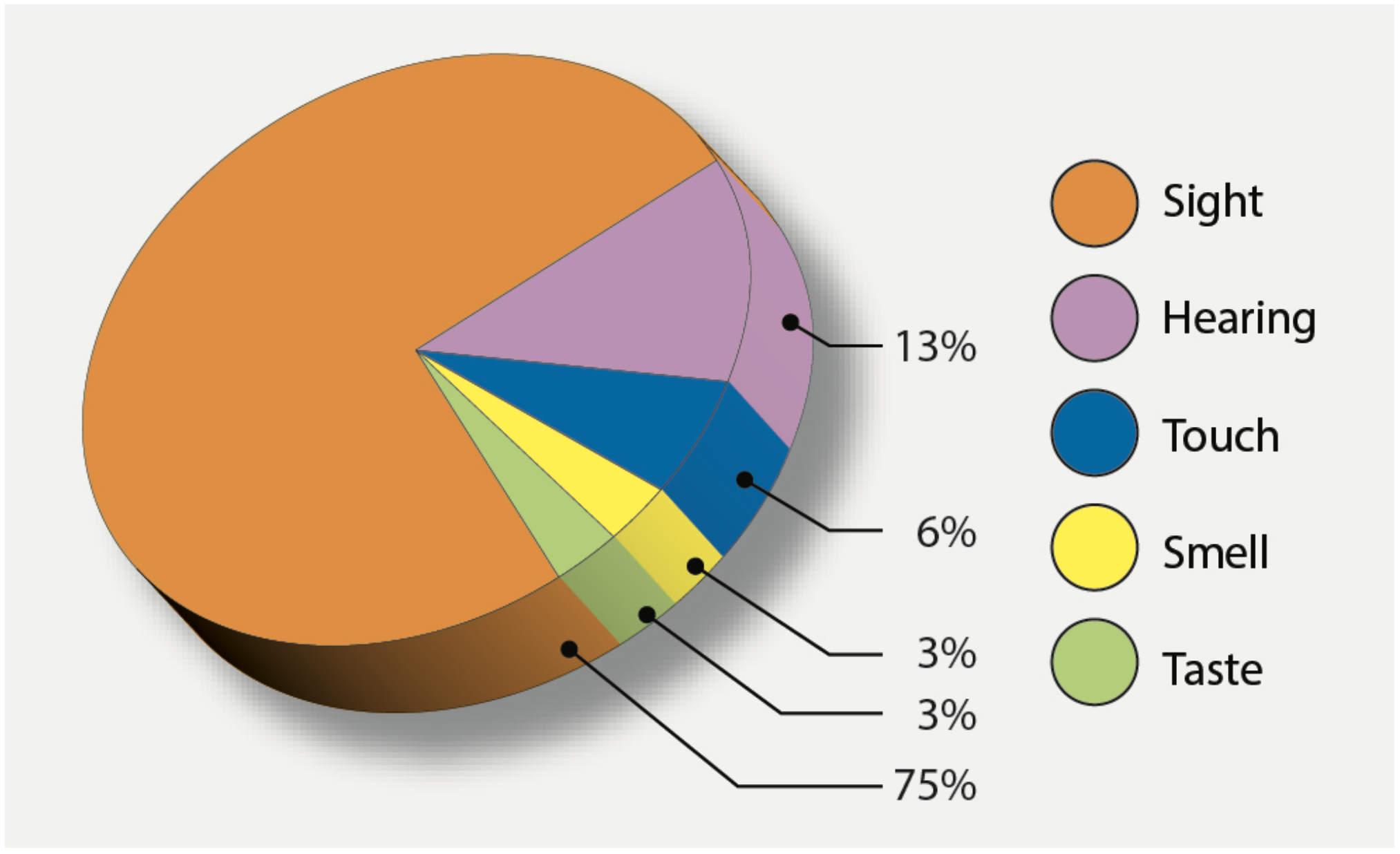The Learning Process
Definition of Learning
- A process which results in a change in behavior
- Gaining knowledge or skills through study, instruction, experience
Characteristics of Learnings
PEMA:
- Purposeful
- Result of Experience
- Multifaceted
- Active process
Aviation Instructor's Handbook pg. 3-2
Behaviorism
- Explains behavior in terms of observable and measurable responses to stimuli
- Human behavior is conditioned by events in the person's environment
- Based on this theory is the simple "carrot-and-stick" approach to learning
Cognitive Theory
- Focuses on what's going on inside the mind
- Examine's the human ability to reflect, problem solve, and think critically
Aviation Instructor's Handbook pg. 3-2
Social Learning
Social learning is simply learning by observation of others. Albert Bandura's Social Learning Theory has four stages:
- Attention - ability to observe others them
- Retention - remember the observed behavior
- Reproduction - reproduce a previous observed behavior, may require addition skills
- Motivation - a reason to reproduce the behavior
Aviation Instructor's Handbook pg. 3-3
Learning Theories
- Classical conditioning: Pavlovian psychology, association with stimuli
- Operant conditioning: Associations are made between positive behaviors and positive consequences, negative behaviors and negative consequences
- Social learning: Watching, imitating the actions of others
Aviation Instructor's Handbook pg. 3-3
Bloom's Taxonomy of the Cognitive Domains

- Comprehension
- Application
- Analysis
- Synthesis
- Evaluation
- Knowledge
Aviation Instructor's Handbook pg. 3-5
Higher-Order Thinking Skills (HOTS)
- Higher-order thinking skills (HOTS), also called aeronautical decision-making (ADM)
- Based on the last three of Bloom's Taxonomy (synthesis, evaluation, knowledge)
- Progress learning from simple to complex, from concrete to abstract
Scenario-Based Training (SBT)
- Use of structured, "real-world" scenarios to approach flight-training objectives
- Helps student's "make meaning" out of their past experiences, and use that to strengthen their ADM
Aviation Instructor's Handbook pg. 3-6
Pilot's Handbook of Aeronautical Knowledge pg. 2-21
Perceptions

- Perceptions are the basis for learning
- The process of learning involved mapping new sensory input into useful information
- Learning can be better accomplished by utilizing more than one sense (e.g. sight, sound, touch)
- An instructor should guide a learner's perception onto the most important things
Aviation Instructor's Handbook pg. 3-7
Factors that Affect Perception
- Physical organism
- The physical apparatuses for sensing the world around us
- Goals and values
- Sensory input is colored by one's own beliefs and values, goals are the produce of one's value structure
- Self-concept
- Self image (e.g. confident, insecure), affects a persons perception
- Negative experiences can contradict a person's self-concept
- Time and opportunity
- We need time and practice to develop perception of something
- Element of threat
- Fear adversely affects perception by narrowing the perceptual field
- An overwhelming situation can be threatening
- If a learner feels they can handle a situation, then it's viewed as a challenge
Aviation Instructor's Handbook pg. 3-7
Insight
- Insight involves the grouping of perceptions into meaningful wholes
- It is the instructor's job to facilitate the synthesis of perceptions into insights
Aviation Instructor's Handbook pg. 3-9
Selective Attention
- Over time, student will learn which sensory inputs to focus on and which ones to filter out
See also Sensory Memory
Aviation Instructor's Handbook pg. 3-36
Levels of Learning
- R: Rote / Memorization
- The first attempt in acquiring knowledge
- Memorization is quick, but lacks any depth and connection to other knowledge
- U: Understanding
- The next stage of learning
- Ability to make association between facts and procedures
- Knowledge is organized in a useful way, with coherent groups of facts
- "Mental model" or self-explanation
- A: Application
- Applying and using the knowledge in a meaningful way
- C: Correlation / Concept Learning
- Generalization of facts or steps into general concepts
- Relies on categorization of knowledge into groups
- Schemas are templates of thought that form when humans observe patterns
Aviation Instructor's Handbook pg. 3-9
Laws of Learning
- R: Readiness: Student must be ready to learn, want to learn, be properly motivated
- E: Exercise: Skills take rehearsal to master
- E: Effect: Successful experiences are more likely to be repeated, and thus better for learning
- P: Primary: Whatever is learned first will be learned strongest
- I: Intensity: Immediate, exciting, or dramatic experience will be more educational
- R: Recency: The more recent the information, the better it will be remembered
Aviation Instructor's Handbook pg. 3-11
Domains of Learning
- Cognitive: Recall, understanding, application
- Psychomotor: Doing, observation, habit
- Affective: Beliefs and attitudes, emotions towards the experience
Aviation Instructor's Handbook pg. 3-13
Characteristics of Learning
- P: Purposeful: Learners will want to see relevancy of the material
- E: Result of experience: Knowledge results from a bank of experience
- M: Learning is multifaceted: Learning involves many elements of experience, and not always what's intended by an instructor
- A: Active process: Learners must continuously react and respond to material and experiences to learn from it
Aviation Instructor's Handbook pg. 3-19
Learning Styles
- Left/Right brain:
- Left brain: step-by-step, writing, plans, structured analytical
- Right brain: Coordinated, creative, impulsive, open-ended questions, responds well to demonstrations
- Reflective/Impulsive
- Reflective individuals will think deeply before acting, considering all possibilities
- Impulsive individual will act from impulse, quick assessments
- Holist/Serialist
- Holist: Top-down learners, want to see the big picture
- Serialist: Bottom-up learners, concentrates on one stage at a time
- Auditory/Visual/Kinesthetic
- Auditory: Learn best from listening
- Visual: Learn best from images
- Kinesthetic: Learn by hands-on doing
Aviation Instructor's Handbook pg. 3-20
Acquiring Skill Knowledge
Stages of Skill Acquisition
- Cognitive stage: Based in factual knowledge, memorization, fixations
- Associate stage: Practice mode, associate task elements together, make assessments of their own progress
- Automatic response stage: Perform skills automatically and can multi-task, skill is rapid and smooth
Aviation Instructor's Handbook pg. 3-24
Knowledge of Results
- Give feedback early and often, whether the learner's performance is good or bad
- The student should be learning how to judge their own performance
How to Develop Skills
- Transition skills from effortful to automatic requires repeated practice
- The first few attempts will be awkward and slow
Learning Plateaus
- Plateaus can be caused by
- consolidation of other skills
- waning interest
- reaching of cognitive capability limits
- the need for a more efficient method of practice
Aviation Instructor's Handbook pg. 3-26
Types of Practice
- Deliberate practice:
- Practice with a specific goal in mind
- Usually done with an instructor giving immediate feedback
- Blocked practice:
- Practicing skills repeatedly in a block of time
- Utilized short-term memory, which is only useful for the time in the block
- Not as useful for developing long-term skills
- Random practice:
- Practices a random set of skills
- The most valuable type of practice
Aviation Instructor's Handbook pg. 3-26
Evaluation vs Critique
- Critique, or suggestions are used early in the training
- Over-learning involves continued study after proficiency has been achieved
- Sometimes concepts can give way to rote procedure if not engaged with (like a checklist becoming rote)
- Learners not only need a skill to become easy or habitual, but know when to apply the skill or knowledge
Aviation Instructor's Handbook pg. 3-28
Putting it all together
- Multitasking: Attention switching, simultaneous performance
- Distractions and interruptions should be minimized early in training, but added in as the student progresses
- Fixation and inattention: A tendency to over- or under-observe a particular piece of information
Aviation Instructor's Handbook pg. 3-29
Errors
- Slip: a person plans to do the right thing, but does something else
- Mistake: A person plans to do the wrong thing
Aviation Instructor's Handbook pg. 3-33
Ways to minimize errors
- Take more time
- Check for errors deliberately
- Use reminders like checklists and automation
- Develop routines to prevent the error
- Raise awareness when a person know an error is likely
Aviation Instructor's Handbook pg. 3-33
Learning from errors
- Instructors should give students ways to recover from errors
- Point out errors and ask student why they occurred
- Point out that errors occur at all skill levels
Aviation Instructor's Handbook pg. 3-35
Memory
Memory is the vital link between the learning retaining information and the cognitive process of applying what has been learned.
Aviation Instructor's Handbook pg. 3-35
Sensory memory:
- Receives initial stimuli from the environment
- Processes information according to what the person deems important (discarding what is deemed extraneous)
Working or short-term memory
- Information stored for roughly 30 seconds
- Limited to about 7 "chunks" of information
- Additional effort required to transition information into long-term memory
- This is called the coding or chunking process
- Rehearsal can help convert into LTM
Long-term memory
- Long term memory is theoretically infinite and permanent
- During the encoding process, information should be contextualized with other memories
- Recalling from LTM involves reconstruction of the information
Forgetting
- Fading: People forget things that are not used
- Retrieval failure: Tip-of-the-tongue phenomenon
- Interference: Something over shadows the knowledge, or a similar piece of information causes confusion
- Repression or suppression: Forgetting because a person subconsciously does not want to remember
Aviation Instructor's Handbook pg. 3-37
Retention of Learning
- Praise stimulate remembering
- Recall is promoted by association
- Favorable attitudes help retention
- Learning with all senses is most effective
- Meaningful repetition aids recall
- Mnemonics
Aviation Instructor's Handbook pg. 3-38
Transfer of Learning
The process of applying knowledge from one context in a new situation.
Types of Transfer
- Near/far
- Near transfer: applying information in a closely-related area
- Far transfer: applying information in a novel situation which share some common structure with the original scenario
- Positive/negative
- Position transfer: When previous information aids in the learning and understanding of new information
- Negative transfer: When previous information conflicts or confuses the new skill or information
Encouraging Transfer
- Habit formation:
- Encourage students to form good habits early
- How understanding affects memory
- The more deeply a person thinks about information, the better they will remember it
- Remembering during training
- Students will need to practice
- Remembering after training
- Continued practice is key to remembering information
- Sources of knowledge
- Learners should seek out other sources of knowledge with different perspective
- Summary of instructor actions
- Encourage students to use mnemonics
- Discourage cramming